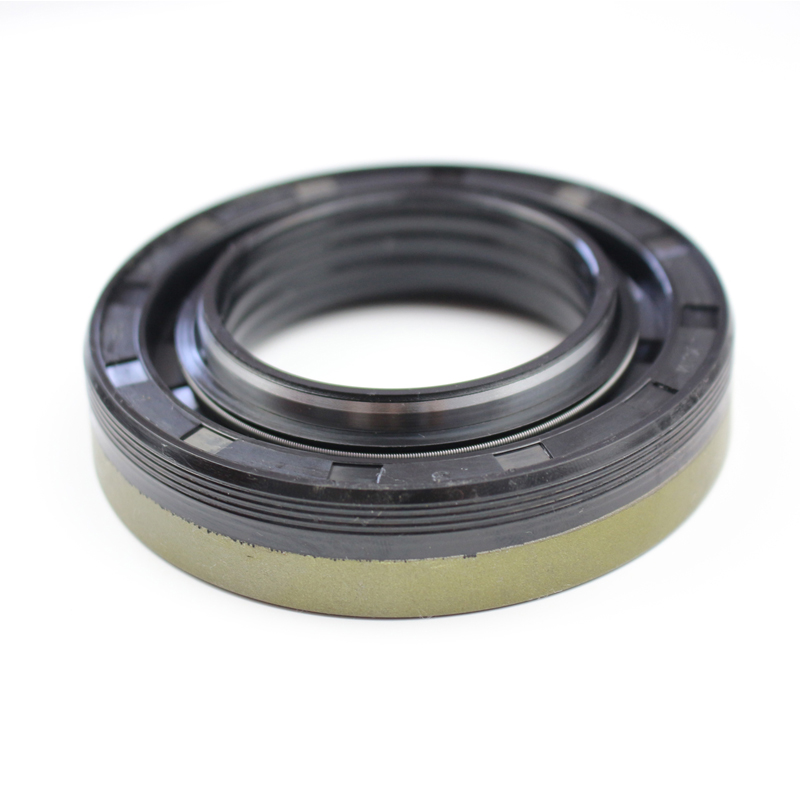Transmission Dipstick Tube Seal Installation and Maintenance Tips for Optimal Performance
Understanding the Transmission Dipstick Tube Seal Importance and Maintenance
The transmission dipstick tube seal is a small but crucial component in a vehicle's transmission system. Often overlooked during routine maintenance, this seal plays a vital role in ensuring the proper functioning and efficiency of the transmission. In this article, we will explore the function of the dipstick tube seal, common issues associated with it, and best practices for maintenance and replacement.
What is the Transmission Dipstick Tube Seal?
The dipstick tube in a vehicle's transmission is responsible for providing a means to check the level and condition of the transmission fluid. The dipstick itself is a long, rod-like device marked with measurements, allowing the vehicle owner or mechanic to gauge the fluid level easily. The tube seal is located where the dipstick tube connects to the transmission housing.
The primary function of the dipstick tube seal is to create an airtight barrier that prevents transmission fluid from leaking out and contaminants from entering the transmission system. A well-functioning seal helps maintain the integrity of the transmission fluid, which is essential for lubricating the moving parts within the transmission and ensuring proper shifting performance.
Common Issues with the Dipstick Tube Seal
Over time, the dipstick tube seal may wear out or degrade due to various factors, including high temperatures, exposure to harsh chemicals, and general wear and tear. When the seal fails, it can lead to several issues
1. Fluid Leaks One of the most apparent signs of a failing dipstick tube seal is the presence of transmission fluid leaks. If you notice reddish fluid under your vehicle, it may indicate that the seal has cracked or worn away.
2. Contamination A compromised seal can allow dirt, debris, and moisture to enter the transmission system. This contamination can severely affect the quality of the transmission fluid and can lead to additional wear and damage to internal components.
3. Low Fluid Levels A leaking seal can result in low transmission fluid levels, which can cause slipping, overheating, and ultimately lead to transmission failure if not addressed promptly.
transmission dipstick tube seal

Maintenance and Replacement
Regular vehicle maintenance is critical in preventing issues with the dipstick tube seal. Here are some best practices
1. Inspect Regularly During routine maintenance checks, inspect the transmission dipstick tube and seal for signs of wear or damage. Look for cracks, deformities, or signs of fluid leakage.
2. Top Off Fluid Always ensure that the transmission fluid is at the correct level. If you notice a drop in the fluid level, investigate the cause. If the dipstick tube seal is leaking, replacement should be a priority.
3. Replace When Necessary If you do identify damage to the seal, it is essential to replace it. Replacing a faulty dipstick tube seal is a relatively straightforward process for experienced mechanics and can help avoid more significant transmission issues down the line.
4. Use Quality Parts When replacing the dipstick tube seal, always opt for high-quality parts. Using OEM (Original Equipment Manufacturer) seals can ensure a better fit and longer-lasting performance.
Conclusion
The transmission dipstick tube seal may be a small part of the bigger transmission system, but its importance cannot be overstated. It protects the transmission fluid from contamination and prevents leaks that can lead to serious and expensive transmission repairs. By regularly checking the condition of the dipstick tube seal and replacing it as necessary, vehicle owners can maintain the health of their transmission and enjoy a smoother, more reliable driving experience. Investing time and attention in this small component can save drivers from costly repairs and keep their vehicles running efficiently for years to come.
-
Simplifying Oil Changes: A Comprehensive Guide to Oil Drain Plugs and Their Variants
News Aug.04,2025
-
Mastering Oil Drain Maintenance: Solutions for Stripped, Worn, and Upgraded Oil Plugs
News Aug.04,2025
-
Fixing Oil Pan Plug Issues: Leaks, Stripped Nuts, and the Right Replacement Solutions
News Aug.04,2025
-
Everything You Need to Know About Oil Drain Plugs: Sizes, Fixes, and Upgrades
News Aug.04,2025
-
Choosing the Right Oil Drain Plug: A Guide to Sizes, Materials, and Drain Innovations
News Aug.04,2025
-
A Complete Guide to Automotive Drain Plugs: Types, Problems, and Innovative Solutions
News Aug.04,2025
-
The Ultimate Guide to Car Repair Kits: Tools and Essentials Every Driver Should Own
News Aug.01,2025
Products categories















